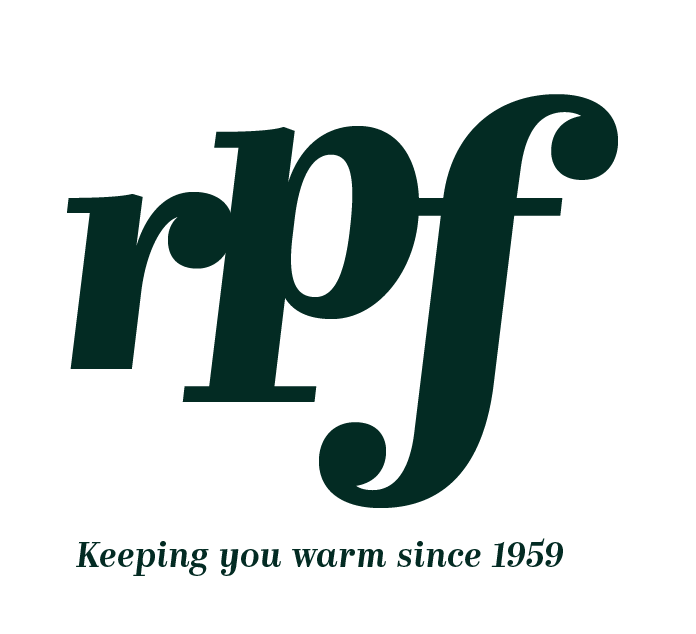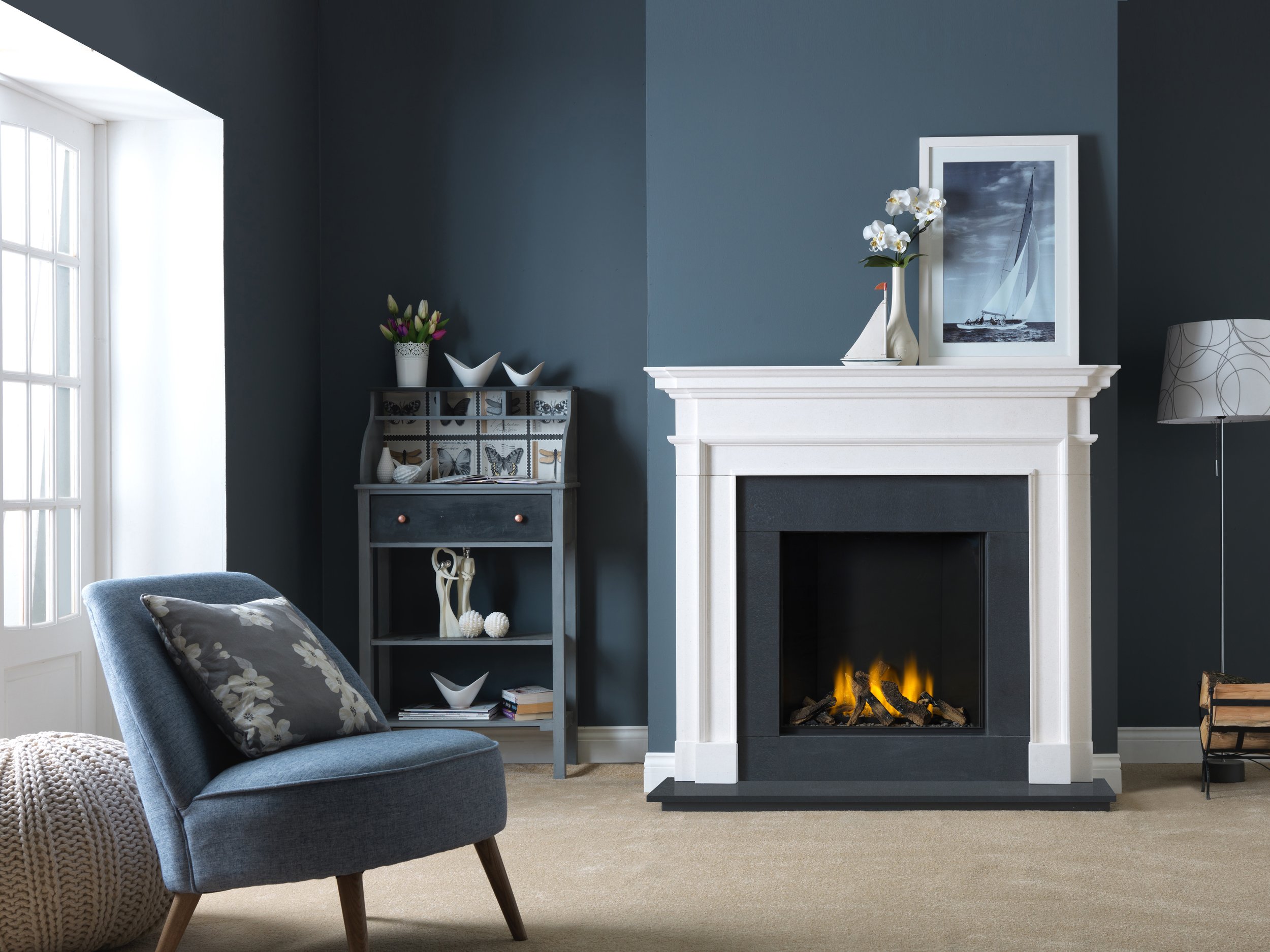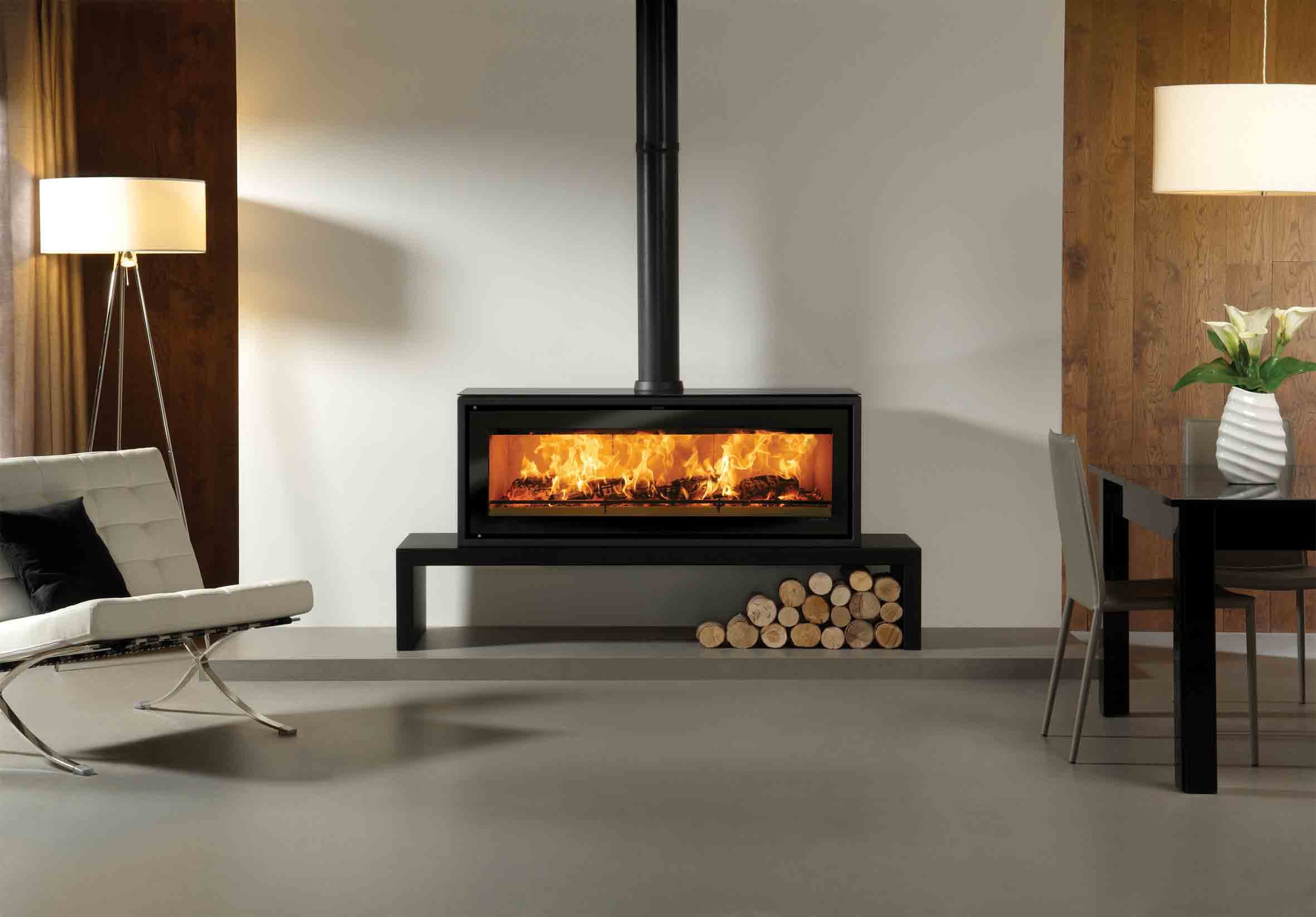A Guide to Maintaining Your Fireplace
How to care, Clean and Maintain your fireplace
Once a new fire suite gets fitted in your home, one of the biggest oversights is not following the general maintenance and upkeep. Giving your fire and stove the care and attention it deserves will help you not just get the most out of your recent installation but extend its lifespan far beyond its warranty. Read our handy guide to keep your fire surround and stove in tip-top condition.
The Aversa, Penman Collection
The Tavira, Penman Collection
Cleaning the materials
Your new suite will consist of various natural materials for the surround and hearth that will require a specific way to keep them clean. Certain liquids, detergents, and cleaning methods will not be suitable on certain surfaces. We’ve outlined our top tips to ensure you know what the different types of finishes are and how to best care for them.
Marble
Typically it will require you to clean more compared to the darker stones such as granite. However, it stands well against stains, cracks and chips. If you do come across a stain follow these tips below:
Use a soft microfibre cloth to remove surface dust and dirt.
Use warm (not hot) water.
Lightly rub the stain with the cloth, increasing in pressure if the stain is stubborn.
Regularly rinse the cloth out to keep it clean.
Use distilled water where possible as any impurities in the water can stain the marble.
Dry with a soft cloth or towel – do not let it air dry as this can cause watermarks.
Avoid using white vinegar or limescale removers as they contain acids or baking soda, which is abrasive and could affect the finish of the marble.
Carefully read the directions on any cleaning products you use and start with small amounts to test. You can use marble wax to bring the stone's shine out.
Limestone
A natural porous stone that tolerates heat well and very durable but it requires a little more care than other fire surround materials. Read our tips on how to best care of this beautiful stone.
Acid-based cleaners will damage your limestone because it will cause it to corrode over time since limestone is a porous, sedimentary rock. Simple limestone detergent is great for everyday cleaning; however, limestone stain remover can be used for the more stubborn stain. Make sure your detergent is "Alkaline," as it will take out the stain without destroying the limestone.
Vacuum regularly use a soft cloth, nothing abrasive.
Sealing your limestone every year is the best way to preserve and protect it from any future stains.
Cleaners you should avoid are Bleach, Soft-scrub, Ammonia sprays, Lemon juice, Vinegar, Acid-based cleaners.
Granite
A popular stone choice due to its durablility, resistance to heat, scratches, chips and cracks. It’s easier to maintain qualities making it very desirable but there are still steps to follow when it comes to general cleaning and removing stains.
Use warm water, mild dish soap, and a soft microfiber cloth. Steer clear of vinegar, which can dull the granite and weaken the sealant
Granite isn't as porous as marble, so it's less susceptible to soaking up oils and stains. Still, wipe up all spills immediately with a soft cloth as a simple preventative measure.
Hoover the entire surface, then use a microfibre cloth and apply a bit of soap and water, wipe the whole surface, make sure to rinse your cloth in freshwater periodically to avoid streaks
Make your granite countertop cleaner: Mix 50/50 rubbing alcohol and water and add 20 drops of your favourite essential oil. Soap and water usually do the trick, but this DIY method works great if you want a quick way to disinfect or clean the granite
Honed
A matt finish stone, sharing similar properities to granite, with resistant to scratches however, this type of finish is more susceptible to stains making it important to action any cleaning as soon as you spot them
Use warm water and liquid soap to get rid of stains. Make sure that the soap is phosphate-free; otherwise, it will damage the texture of the stone. Also available in the market are specifically formulated cleaners to clean honed granite. Use cotton for a better sheen.
Use a coaster or a protective layer when placing a glass of alcohol, tea, juice, candles, etc, on the granite stone to avoid stains.
Metallic stains can damage and stain the stone permanently. In such a situation, the honed granite has to be poultice. Poulticing is a procedure in which the poultice powder gets made into a paste by adding a liquid chemical. This paste is worked upon the stains of the stone and is allowed to rest for about 48 hours. As the paste slowly dries, it sucks away all the stains. The procedure can be repeated if the stains are too stubborn.
Stains from oil, ink, paint, and cosmetics can be wiped off with a cleanser or acetone on the honed granite countertop.
Do not use: detergents containing pumice, soap bars, harsh detergents, acidic cleaner, excessive ammonia products, hydrofluoric products
Slate
A natural stone full of depth with fantastic durability but with this porous material, liquid spillages can soak in and stain slate. All liquid should be cleaned off as soon as possible to avoid this.
Slate oil will provide resistance to water, spillages, and staining. However, slate oils and sealants can change the natural effect of slate, such as darkening it in colour.
Liquid spillages, food spillages, and watermarks are the most common issues for cleaning a slate hearth. Any spillages must be cleaned as soon as possible using dilute, hot soapy water. It will help to prevent any liquids or oil from foods soaking into the slate and causing a stain
DO NOT USE:
Acidic cleaners such as bleach on the slate as it can cause irreparable damage.
Sharp objects or abrasive materials while cleaning slate can cause irreparable damage and scratches.
Sealing and deep cleaning can change the natural effect of the slate, such as colour or pattern.
If stains & markings persist after wet cleaning, please contact the team to advise how to proceed. Do not apply a sealant as this can seal the stain into the stone.
Maintaining Your Appliance
It's essential to get your flue regularly swept to avoid chimney fires. Make sure to use a recommended and trusted sweep who is familiar with sweeping a Flexi-lined stove. Not all sweeps are equal and, if not experienced, can do more harm than good. The frequency will depend on several factors, including the type of fuel used, appliance, duration of use, moisture content of wood fuel, and the type of chimney you have. The sweeping frequencies below are for guidance purposes only: Smokeless fuel: At least once a year / Wood: Quarterly when in use / Bituminous coal: Quarterly when in use / Gas: Once a year
Servicing your appliance
For a Multi/wood-burning stove, you are not legally obliged to maintain a service history; however, a service must be carried out to keep the warranty valid. A service is a great way to ensure your stove is in good working order, no parts or seals need replacing, and we offer a complimentary respray to ensure your stove looks as good as new!
If you own a gas appliance, by law, it must be serviced and to keep the warranty valid. It is always a good idea to ask your gas installer to book your service date for the following year once the new appliance gets commissioned. Make sure to keep your service logbook, as this will be required when selling your property. Failure to provide a service history could potentially have implications on the sale of your home.
The Huntingdon 30 Woodburning Stove, Stovax
Operating your appliance
When operating your multi-fuel stove, the temptation to overfill the stove is very common. The coal should not be higher than the fret bar. Overfilling/firing the stove will burn the removable parts such as the baffle and grate quicker than usual it may even cause the glass to crack or craze as well as cause damage to the main body of your stove. You can purchase a stove thermometer in-store to ensure that you are not overfiring your stove and operating it correctly.
Fuel Types
Using incorrect fuel such as damp wood or household coal will enviably cause extensive damage to your flue, so it is crucial that you use only the recommended fuels as outlined in your stove handbook. At Robert Phillips Fireplaces, we recommend Greers Coal to purchase smokeless coals. You can buy your Kiln dried logs, sticks, kindling, and other fireside accessories from our store.











